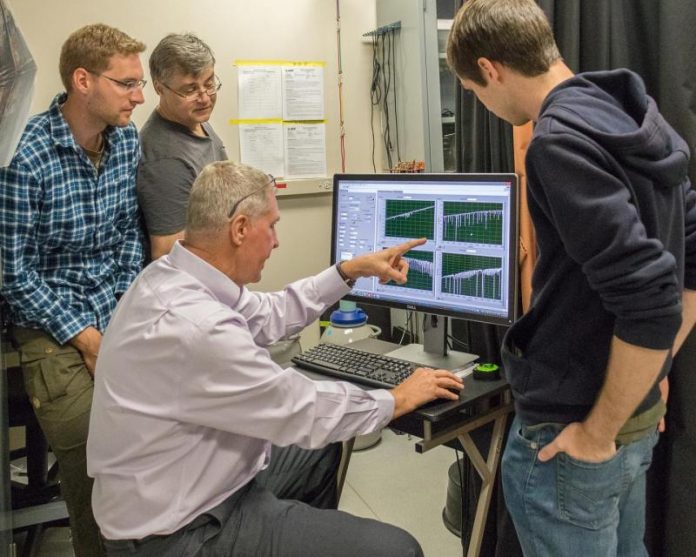A new method that can detect even trace amounts of chemicals in the air could be the key to stopping chemical and biological warfare attacks.
A scientist from the University of Central Florida (UCF) is developing an instrument that scans the atmosphere for toxic agents, which could be used by the Department of Homeland Security and other government agencies to alert communities of possible biological or chemical attacks.
UCF optics and photonics professor Konstantin Vodopyanov has found a new way to use infrared lasers to detect even trace amounts of chemicals in the air.
The lasers can detect individual molecules of different chemicals, which each vibrate at their own frequency.
The new technique is both accurate and sensitive so that researchers could determine if there is a molecule of any chemical present even at concentrations as low as one part per billion.
A similar principle is used in the medical field to detect biomarkers for different kinds of health conditions, including cancer, by taking breath samples.
“The frequencies of molecules are very distinct, but they are invariant – here, on a different continent, on a different planet, anywhere,” Vodopyanov said in a statement. “It is universal. Think of it as a molecular fingerprint. So when we use the laser we can detect these fingerprints with great precision.”
The new approach could lead to non-invasive technology, including sensors that could detect airborne agents that could be encountered in a biological or chemical attack at home or on the battlefield.
The technology could also be used to detect traces of life by space explorers on missions to other planets or asteroids.
Vodopyanov explained what is needed before the laser technique can be used.
“We still have much work ahead,” Vodopyanov said. “We are now working on broadening the range of the laser frequencies that can get the job done. If costs can be reduced and the tech made mobile, the applications could be endless.”















